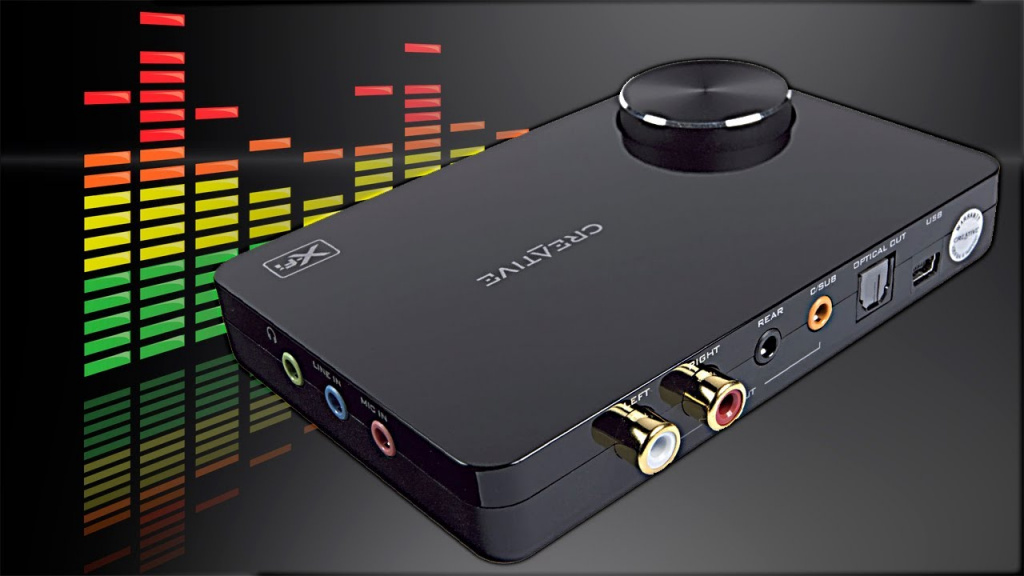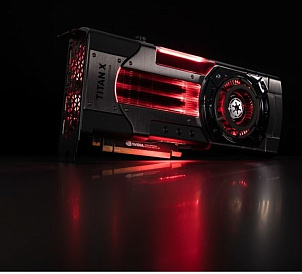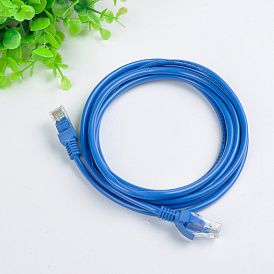Compare the internal sound card and external | Determine the best
In fact, all the differences between the internal sound card from the external one are in the location of the device. The first ones are either unplugged on the motherboard, or connected to it via a PCIe interface. The second - are placed outside the computer or laptop (not for nothing that they have their own name) and are connected via USB.
It was possible to finish the material on this, but there are a couple of extremely important points in matters of the work of internal and external sound cards that it would be nice to discuss.
Integrated and discrete sound cards

The first thing to note is that “internal” audio cards are of two types: integrated and discrete. The first soldered directly on the motherboard and usually have a relatively low productivity. They are enough to connect speakers or headphones to a computer — well, so as not to leave it “dumb.”
With discrete solutions, things are a little more interesting. They are extremely diverse. There are some very simple solutions that can only be used as a replacement for a broken or no built-in one; as well as professional configurations that can cope with 5.1 or 7.1 surround audio, special feedback technologies or vocal or music recording.
And, moreover, since discrete expansion cards are connected via a PCIe interface, which is distinguished by high bandwidth, professional audio producers and musicians prefer them, and not “outdoor” ones. Such models will also appeal to gamers. For example, the company Asus produces special versions of the game series ROG, which provide surround sound space for deep immersion in the virtual world.
“External” does not mean “good”, “Internal” does not mean “bad”
As is clear from a couple of paragraphs above, there are both simple and highly professional discrete internal "zvukovuhi." And what is external worse?
-
There are extremely simple USB sound cards. They are sold in kilograms in online stores, there are mere pennies and offer just audio outputs. That is, if the built-in audio card is broken, you can buy a USB connection for a couple of hundred rubles and use it.
-
Professional external "zvukovuhi" also exist. And in some cases they are even more convenient than integrated ones. So, they can accommodate physical control elements through which you can customize the operation of the device (buttons, "twists" and other "wheels"). This will help to quickly adjust the quality of playback or recording.
-
There are many performance requirements for USB-connected professional-grade audio cards. The interface on which they join cannot provide such bandwidth as PCIe. Therefore, "outdoor" "zvukovuhi" should encode the signal in such a way as to ensure its high quality - but at the same time small volumes.
Conclusion
Choosing a sound card, It is necessary to focus not on the type of its placement, but on the planned use. If you want to install 5.1 or 7.1 acoustics at home with surround audio, both built-in and external audio will do.To record the sound from an electric guitar, which is overloaded every now and then, it is better to use a remote with control elements. And if the simply integrated “zvukovuha” is broken - the cheapest will be enough, regardless of the type.
And only when choosing a sound card for a laptop, the question “Remote or built-in?” Does not arise. Only joining via USB connector. Built-in install it just will not work.












